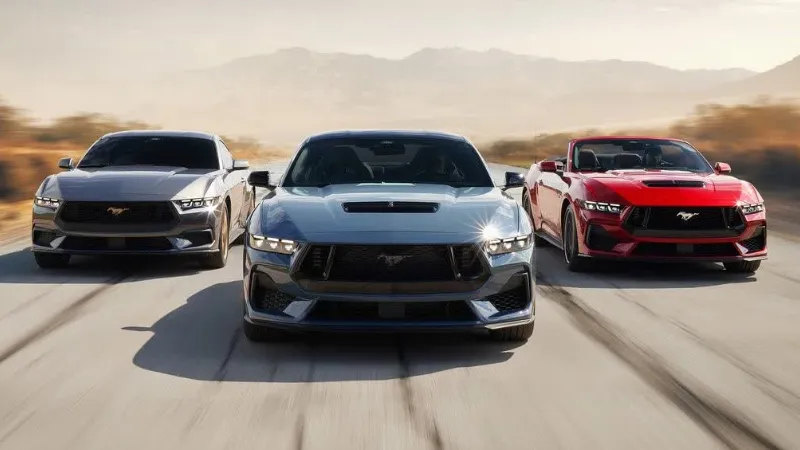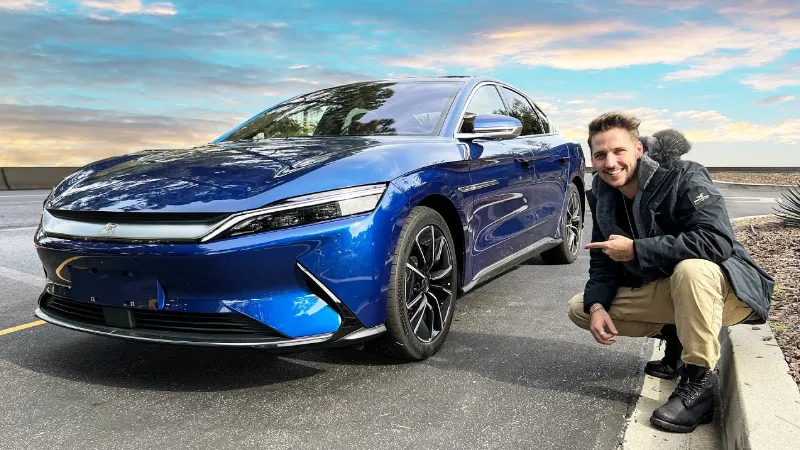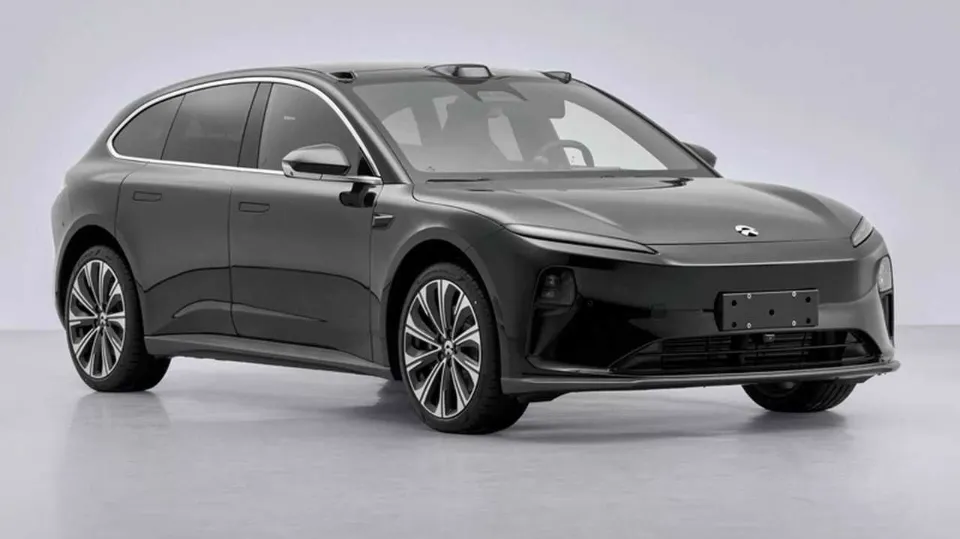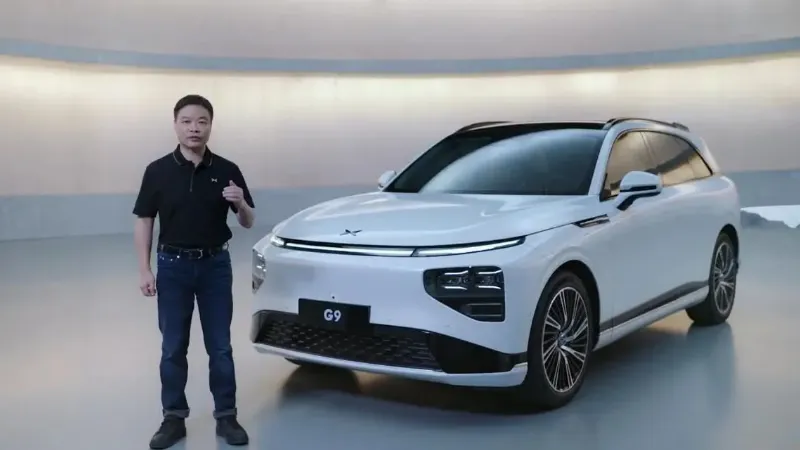Despite wearing a hairshirt during the fourth-quarter 2022 earnings call, Ford CEO Jim Farley has a plan for future development and improvement.
Ford failed to produce enough cars, do so poorly, or obtain the parts it required, all of which led to dismal fourth-quarter earnings and a net loss for 2022. Jim Farley, the CEO of Ford, admitted the company’s problems with execution and vented his frustration while sporting a rhetorical hairshirt. “We should have done much better last year,” he said in the fourth-quarter 2022 earnings release.
“We left about $2 billion in profits on the table that were within our control, and we’re going to correct that with improved execution and performance.” In a conference call with investors to discuss the financial results, the continued mea culpas were accompanied by descriptions of the intense level of anxiety and internal reorganization underway to become a leaner company, starting this year.
Missed Opportunities, Poor Execution
In essence, Ford’s efforts to transform into an electric mobility company are being hampered by the complexity and legacy operations of a 119-year-old global company. To improve the industrial system, Farley and his team are looking into every aspect of it. Half the missed $2 billion in opportunities was from lost sales due to production shortfalls, and the other half was because of costs, many of them intrinsic, that still need to be addressed.
Farley provided some illustrations. Each vehicle platform has a 25–30% cost inefficiency. In order to maintain the current lineup at a lower cost, Ford will either need to increase production from the current pipeline. While engineers tackle that, the supply chain is under a microscope after spending $1 billion in premiums last year on increased freight, shipping, and other costs of the supply chain disruption and fallout from the Covid-19 pandemic.
The extra money spent to try to get enough parts did not stop the automaker from selling 100,000 fewer units than anticipated, which equates to another $1 billion in lost revenue. The complexity of Ford’s vehicles must also be reduced because complexity increases their cost and lengthens the manufacturing process.
Digging Deep to Find Sustainable Solutions
Teams have spent the last few months getting deep into where Ford needs to go, Farley said, and we can expect to get updates on this exercise over the course of the year. Ford has previously cut costs, but the excess and inefficiencies come back. The CEO seeks long-lasting change that is monitored and evaluated regularly.
Switching to EVs provides a new beginning. The Mustang Mach-E, Ford F-150 Lightning pickup, and Ford E-Transit, the first three EVs to hit the market, presented a steep learning curve. “We didn’t know what we didn’t know,” Farley said. Mistakes were made, like engineering electrical harnesses far longer and thus heavier, than needed. But according to Farley, the lessons are being used to inform the development of the upcoming cycle of EVs. And they will depend more on software to improve their features and capabilities as well as software services that will bring in more money.
Ford reported $1.3 billion in net profit for the fourth quarter and lost $2 billion for the full year. Due in part to Ford’s investment in Rivian, whose stock was skyrocketing in value a year ago, Q4 net income dropped by 89 percent to $12.3 billion. Ford’s total revenue for the year was $10.4 billion before interest and taxes, which was less than anticipated.
Source: motortrend.com





